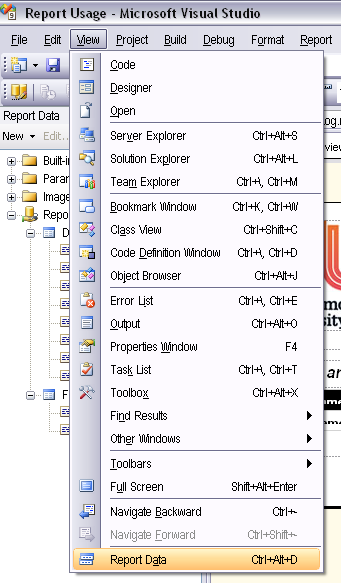Sort order a dropdown list in MS InfoPath without programming
- Joel Lipman
- Infopath
- Hits: 32530
So this is for Microsoft Office Infopath 2007 (SharePoint 2007).
The situation is that I started creating a SharePoint List (datasheet) and when I made my form dropdown read from the list, it just put elements in the order that I entered them in the datasheet.
Googling this led me to browse MSDN for an hour before I realised all those experts were using programming solutions that seemed a bit over the top for something that should be so simple.
Hey presto, I found a cheat/workaround:
- Click on the list to see your datasheet (has a MS Access icon in the top left to remind you what you're getting yourself into)
- Go to Settings
- Select Create View
- Select Datasheet View (you could probably use a "Standard View", I just used the Datasheet one)
- Give the view a name, select what columns you want the form to have (I included the IDs for functional purposes)
- Further down the "Create View" page, there should be a Sort section, specify the column to sort by.
- Save the view by clicking the OK button.










